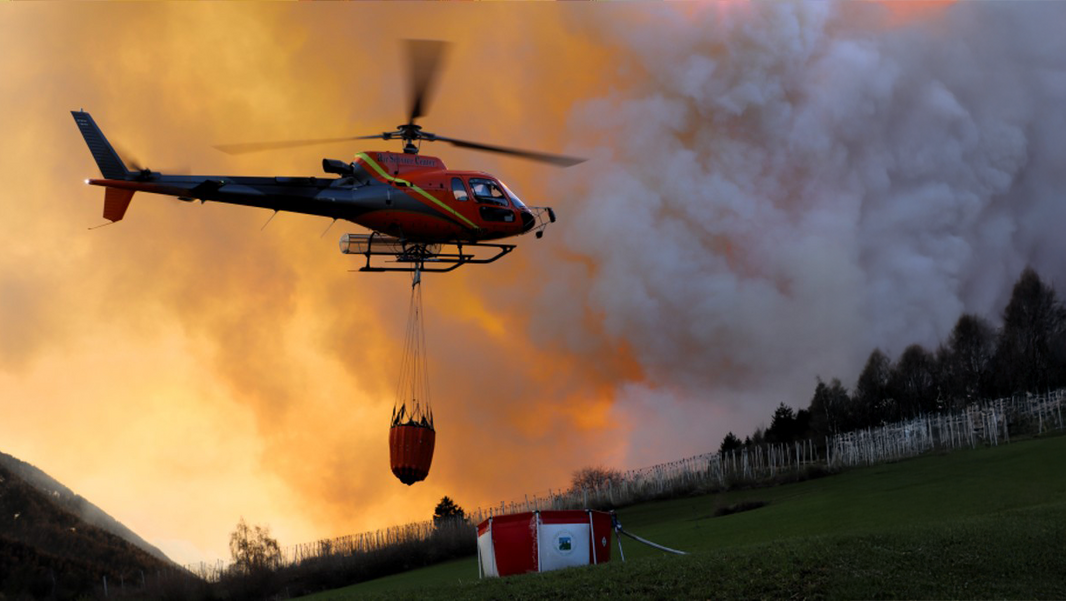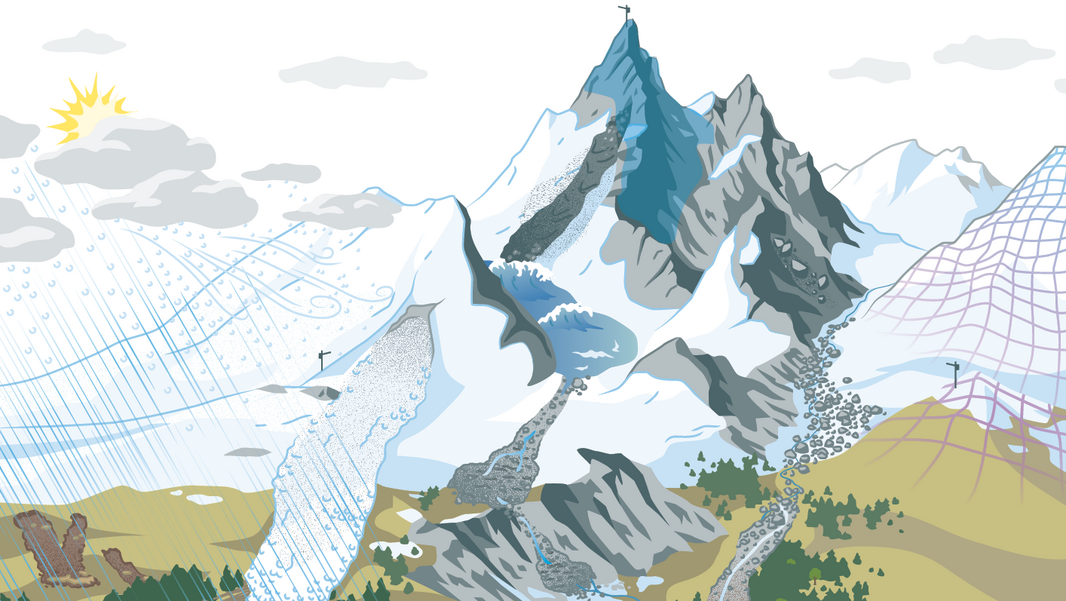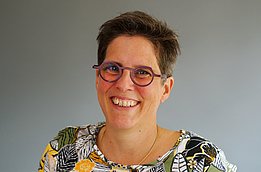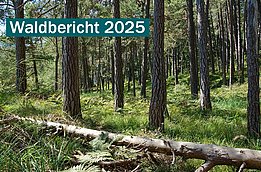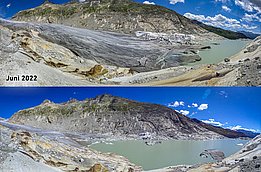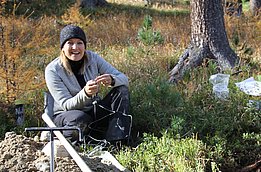Earlier start to the season but less growth: How heat and drought are slowing down stem growth in Switzerland.
read moreDry weather and low humidity are the main drivers of forest fires, with temperature playing a minor role.
read moreProgramme ends: researchers reveal how climate change is altering natural hazards in the Alps – and where action is now required.
read moreUsing radar data, researchers estimate that around 100 trillion insects fly in the air above the USA every day.
read more

